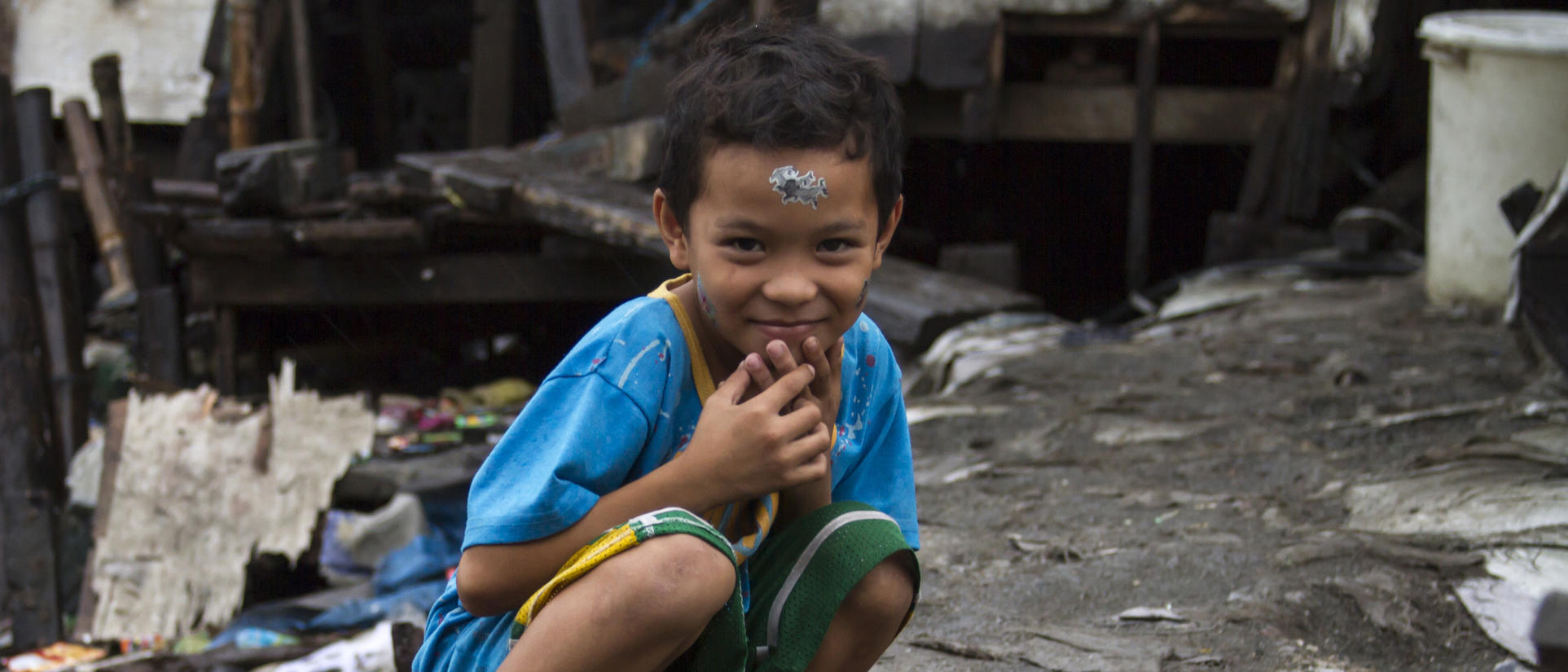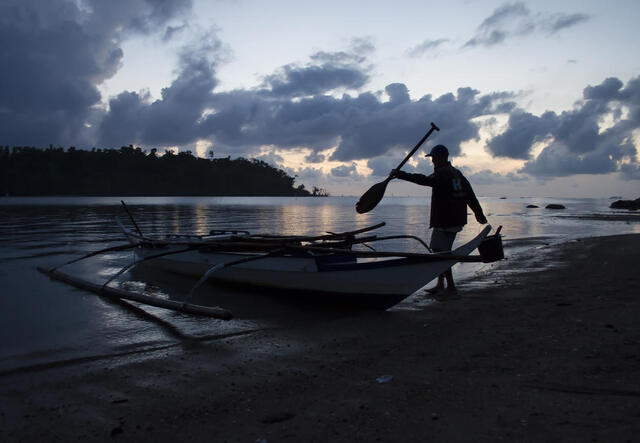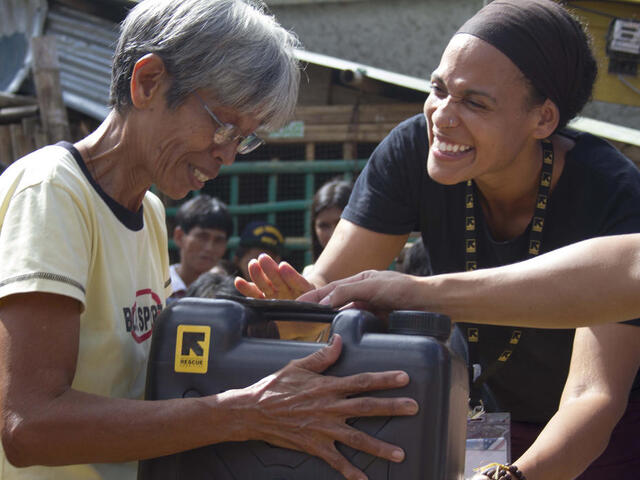
Philippines is used to typhoons. The Pacific island nation sees about 22 typhoons per year. Haiyan was different. On the morning of November 8, 2013, one of the strongest-ever recorded storms to make landfall hit the Philippines.
With winds gusting up to 230 mph, the “super typhoon” sliced through the centre of the country, displacing 4.1 million and affecting millions more.
“There are so many typhoons that come here, but that one, Haiyan, was very hard for us. We were not anticipating how it would strike our place," said Marilyn Belga, a survivor of Typhoon Haiyan
With homes destroyed, water systems broken and normal sanitation systems failing to function, the International Rescue Committee deployed an emergency team to assist the millions affected by Haiyan.
Portraits of recovery
Tyler Jump returns to the Philippines to witness the tremendous progress that has been made in the communities the International Rescue Committee helped rebuild.
The IRC is targeted its relief and recovery efforts in small, resilient communities determined to rebuild and restart their lives. We focused our emergency response on three severely affected areas in the Western Visayas region received very little relief: Capiz, Iloilo, and northern Cebu.
We distributed basic shelter kits with rope, plastic sheeting and bamboo, and handed out solar lamps. We also gave out vouchers redeemable for construction materials at local stores and small cash grants to pay for labour.
Surviving and rebuilding
About 1.1 million homes were affected by the storm--nearly half of which were completely destroyed. In partnership with the Philippines Business for Social Progress, we launched an innovative voucher and cash grant program to help people purchase necessary materials to rebuild their homes.
When Typhoon Haiyan hit the small fishing village of Sua, Marilyn Belga and her family lost their homes and almost their lives. The storm surge was 17 feet high and filled their home with water. As they swam for safety, Marilyn and her family clutched onto a fallen power line to keep from being washed out to sea.
“We are thankful for no casualties,” she says. “There are so many typhoons that come here, but that one, Haiyan, was very hard for us. We were not anticipating how it would strike our place.”
The IRC arrived immediately after the storm to help families like the Belgas rebuild. Those most affected by Haiyan were given vouchers redeemable for construction materials at local stores and small cash grants to pay for labour. The Belgas used the resources to start rebuilding their home a safe distance from the sea. “There are many angels,” Marilyn says, “but the IRC was the first.”

Fishing villages recover
Typhoon Haiyan had a disastrous impact on the fishing economy that provides most of the food and income for families on the island of Panay in the Visayas region. Fishermen had to cope with the loss of boats, nets and other critical supplies. In order to get the community back on the water, the IRC and its partner, Philippine Business for Social Progress, supplied motorised boats to 470 fishermen.
We installed more than 1,000 floating and sea-floor artificial reefs. Some 300,000 newly planted mangroves will protect the shore from erosion and serve as a breeding ground for fish. The projects put entire communities back to work.
“We owe IRC so much because they brought our livelihood back to us,” says Nicanor Fernandez, the president of the fisherfolk association in the village of Banban. “We got new boats. We started fishing again.”
A place for kids to be kids
Having a safe place to escape from Typhoon Haiyan was crucial for thousands, but few public options were available in places like northern Cebu. The IRC partnered with Ramon Aboitiz Foundation, Inc., to rebuild 20 daycare centres which will double as safe houses during future storms. In addition, using our “Healing Classrooms” approach, the IRC trained 21 daycare teachers. “Healing Classrooms,” designed specifically for survivors of conflict and natural disasters, helps teachers develop an environment where students feel safe, cared for and engaged.

Preparedness pays off
One year after Haiyan, another super typhoon--Hagiput--struck the Philippines. IRC responded with local partners. Thankfully, the lessons learned from the 2013 storm helped in preparing for and responding to Hagiput. Following the storm, our Filipino partners provided trainings for local governments in disaster preparedness--trainings that proved indispensable when Hagiput hit. Investing in emergency preparedness and working with local partners who best know the community were two integral lessons learnt which we hope to employ looking forward to best be ready for and respond to natural disasters.